In order to discuss navigation in Banda sea area let us first take a look at the
railway map of Tokyo.
With each of these routes there is a very detailed and strictly adhered to timetable, but you do not normally care about timetables. It does not matter because trains are very frequent, arriving every 3 minutes or so, anyway.
So, in practice you go to your nearest station and then move to the next station where you must change trains. At that station you will not be waiting for long before your next train arrives. You just keep repeating it till you reach your destination.
Why are we then talking about Banda sea in the first place? It is not because anything else outside Banda sea is not interesting, historically, but more importantly the Pelni route map covers a lot of Banda sea and is somewhat misleading.
Let us now take a look at the Pelni map. It looks like this.

It looks like a network and it is one.
However, unlike Tokyo network you cannot expect an immediate transfer at any of the nodes on the network. Put simply, ships are too few and far between. That is what it boils down to.
Let us take a look at a portion of the formal Pelni timetable.
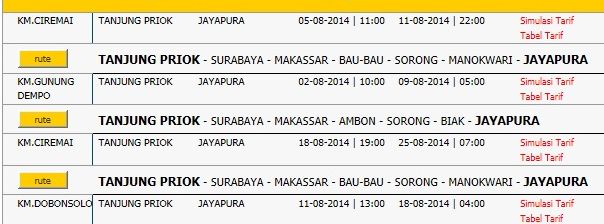
Here, we are looking at the timetable for Jakarta-Jayapura leg of Pelni operation by 3 different German made boats, each carrying anything up to 4,000 passengers. You see departure and arrival times here.
Many, many moons ago I once did the Kobe-Gdainsk leg (unsure about spelling) across the Indian Ocean and round South Africa, then up and across the Bay of Biscay into Europe. There was delay in every port of call. Many reasons. Same here in Banda sea with Pelni. I am not blaming them at all.
There is another issue. Connectivity. In Tokyo, arrival at a node on one route is closely related in time to departure on another which shares the same node. Trains do not run independently of one another.
However, in Banda sea and in surrounding areas, too, ships operate independently because it is difficult/impossible not to. Set agains this background let us now think what we normally expect from a transport network. There are many nodes on a network.
So, we naturally expect to be able to hop from one node to another without wasting too much time. With Pelni you cannot do that. Let us think about a hypothetical network with only one node.

Above is a crude model of my minimum configuration network. Since Jakarta-Jayapura takes 6 days one way both red and blue lines are 6 days long, with a nodal point in the middle. On this model you want to go from A to C via node N.
You start out from A and get off your boat at node N and wait for transfer to C (that is all you can do) by another boat which runs along the blue line.
I am going to list the longest theoretical waiting time at N by clasification as follows.
1. 3 days: If the blue boat is between N and D and travelling towards N
2. 6 days: If the blue boat is between N and D but travelling towards D
3. 9 days : I fhe blue boat is between N and C and travelling towards N and beyond
4. 12 days: If the blue boat is between N and C but travelling towards C and beyond
So, it could take, from A to C, anything from 3+3 days to 3+12 days.
In practice it will be more complicated. Note also that what happnes at a certain node is independent of what happens at another node.
What it means is that if you have waited a maximum of 12 days at one node you may also wait for another maxium of 12 days at the next node. Very severe world, indeed and probably good for backpackers.
From reading a lot of weblogs made by Japanese backpackers I know that it is a mess in reality, complete mess. You coud even see ships coming almost everyday into the port of your waiting, going in the same direction you want.
Anyway, it is clear, from these considerations, that you cannot plan your Pelni navigation in Banda sea. You may ask then why we cannot find ship locations via internet. My gut feeling answer is that it is no good.
Situation is very fluid with each of the ships and you are also on the move, without access to internet (I will come back to this usse later).
From purely efficiency point of view you can choose a single route, wherever the starting and ending points on the route are. For example, the starting part of Jakarta-Jayapura leg, particularly Jakarta-Surabaya portion can be omitted.
Also, unless you choose to cross Sandakan-Zamboanga route you can also omit the Kalimantan-Makassar straight. It is a recently developped lane, for oil and timbers.
OK, that is for efficiency, more or less. Another problem with Pelni ships is that they are meant to take people from A to B disregarding anything else, so they only stay at any port of call for a minimum amount of time.
What tends to happen on a typical Pelni voyage is that you keep watching tropical waters for days and days from morning till night and not experience anything at the back of each port of call.
All in all, given the spontaneous operational delay of up to a few days the best strategy and course of action in moving about in Banda sea is not to plan ahead and stay at each port of call for a few days for:
1. enjoying the stay on the island because you need a few days anyway
2. waiting for the next Pelni boat to arrive
The only other thing you must be mindful about is where and how eventually to exit from Banda sea area. This is an acute issue and I will be looking at this perennial problem with the next article.










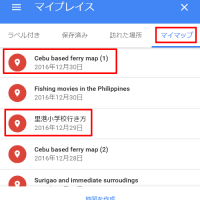
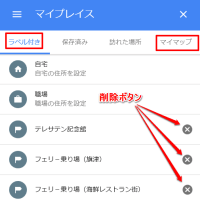

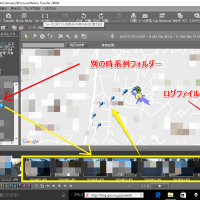
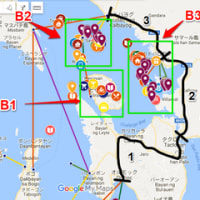
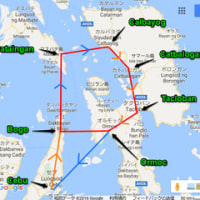
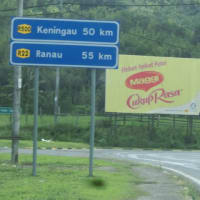
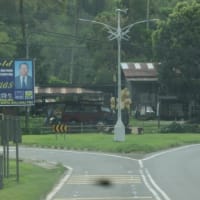
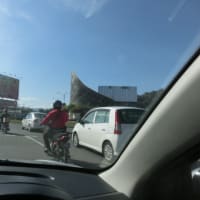
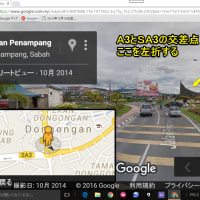
※コメント投稿者のブログIDはブログ作成者のみに通知されます